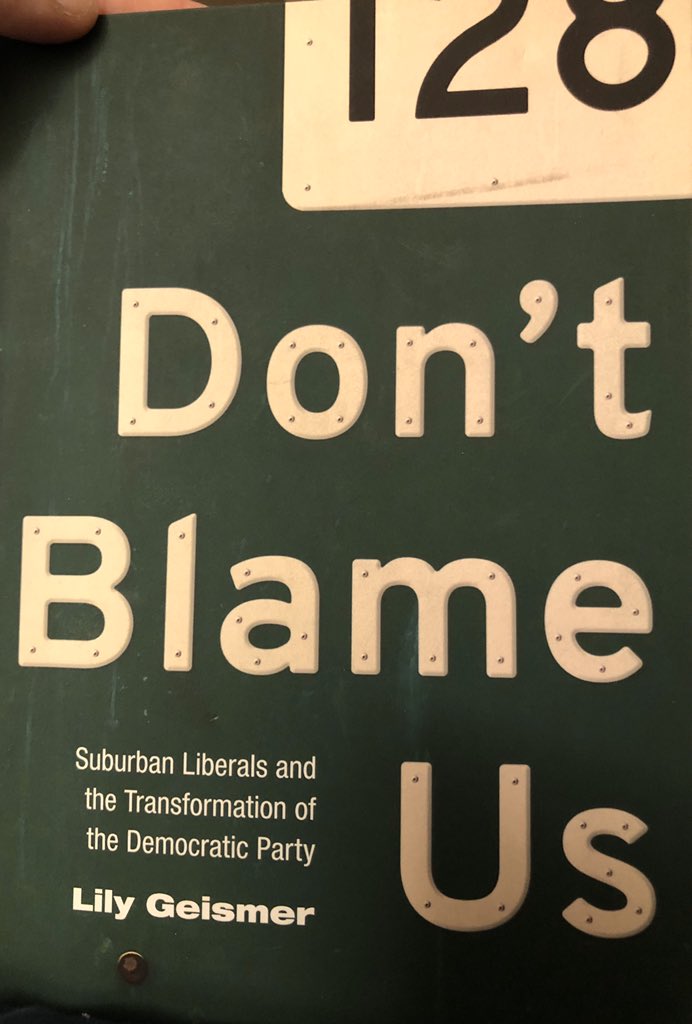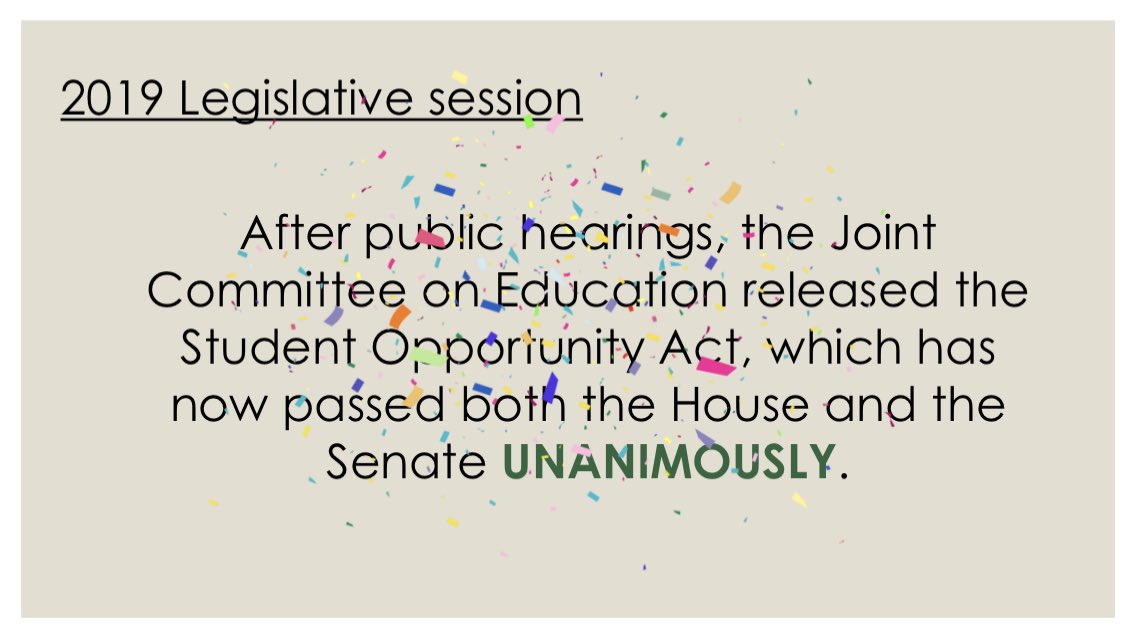
Or:
“...demonstrates the reorientation of modern liberalism and the Democratic Party away from their roots in the labor union halls of northern cities, and towards white-collar suburbanites in the postindustrial metropolitan periphery.”
“Individualist and rights-based programs like METCO that advocates for one-way busing and did not threaten property values or inconvenience white children, therefore,
“By 1962, the federal government accounted for fully half the sales of Route 128 industry, and Massachusetts ranked third nationally behind California and New York in Pentagon spending.”
“The dependence on property tax to finance local education and town services and the increased demand for housing made it more economical for low-density towns to remove land from the market entirely
Next paragraph:
“The US Civil Rights Commission came to a different interpretation of the land use policies of towns like Lincoln and Newton.”

harborlightcp.org/wp-content/upl…
(And I am not going to feel terrible about not knowing about it; it was published when I was two.)
“The Newton School Committee and its counterparts in the Route 128 communities included engineers, lawyers, professors, and former teachers who were alumni of esteemed institutions, such as Harvard,!Princeton, Dartmouth, and Mount Holyoke,
one assumes he was stationed at Hanscom Field, as my father was.
"...the claims helped to marginalize from public consciousness or debate the structural dynamics that created school segregation and racial inequity."
...truer words...
(I do so appreciate newspaper archives!)
"Mrs. Hicks had told reporters that the boycott was 'an intimidation' of the School Committee. 'We try to do a good job and get a slap for our troubles.'"
"Chairman O'Connor said the boycott could be termed a success 'if it kept many children away from school.'"
(and there ends the article)
The very next day, Governor Peabody announced plans for a blue ribbon advisory committee to study racial imbalance
(you've read that, right? archive.org/details/becaus…) #MAedu
(I did not know, BTW, that Richard Cardinal Cushing was on the Commission)
On April 22, Dr. Martin Luther King, Jr. came (back) to Boston.
And who proposes it?
The state Board of Ed
"Trilling's view aligned with many knowledged-based professionals who believed education offered the best means for advancement
I had WONDERED if that had ever come up!
They then needed to make it legal for students to attend school in communities in which they did not live (it wasn't).
"Proponents never mentioned any possibility that METCO could potentially serve as a model for a two way program."
(as in: segregation was de facto even if not de jure; it was fact even if not law or regulation)
"Babson pitched METCO as a temporary rather permanent program with only a few years of funding and assured parents that the students would return to the city's public schools 'as soon as Boston straightens out.'"
(is this still done?)
Staff also pressed METCO suburbs to add more diverse curriculum and school staff.
Poor Claire Ellis who wrote a letter to the Concord Journal opposing expansion of Route 2 in 1972 would probably not be pleased at what happened to that Concord curve...
How do we redirect again?
"Members of the group believed that vigorous open space protection, not unbridled growth, ensured white middle-class homeowners the high quality of life they deserved."
Anyway...
"Similar to large lot zoning, the members argued, the trust would also limit population, lessen the demand, for municipal services, and reduce the overall local tax rate."
As you might imagine, this broadened who would benefit (also still does), but when created, towns along 128 disproportionately benefited.
Sargent came out to address the crowd--remember when we had governors who did that?--and said:
(ah, EIS's...I have spent so much time reading these!)
The eleven miles between Acton and Lexington would double the road to eight lanes, adding a 64-foot wide median, overpasses, and a cloverleaf.
"The outcome showed that citizen opposition to state-sponsored growth was particularly effective in communities that contained residents with backgrounds in science, engineering, law, and business."
Cambridge and Somerville supported it.
Arlington and Lexington...not so much.
"Even more than the battles over open space and the highway extension, the reaction to mass transit made explicit the racial and class-based fears animating antigrowth politics"
Arlington residents organized a group called "Arlington Read Line Action Movement" [gosh, aren't these folks all strong on acronyms]=ALARM
"A resident from Arlington confronted head-on the arguments that the town must share responsibility for social and spacial inequality.
The right-of-way became the "Minuteman Commuter Bikeway" running from Bedford to Alewife,















